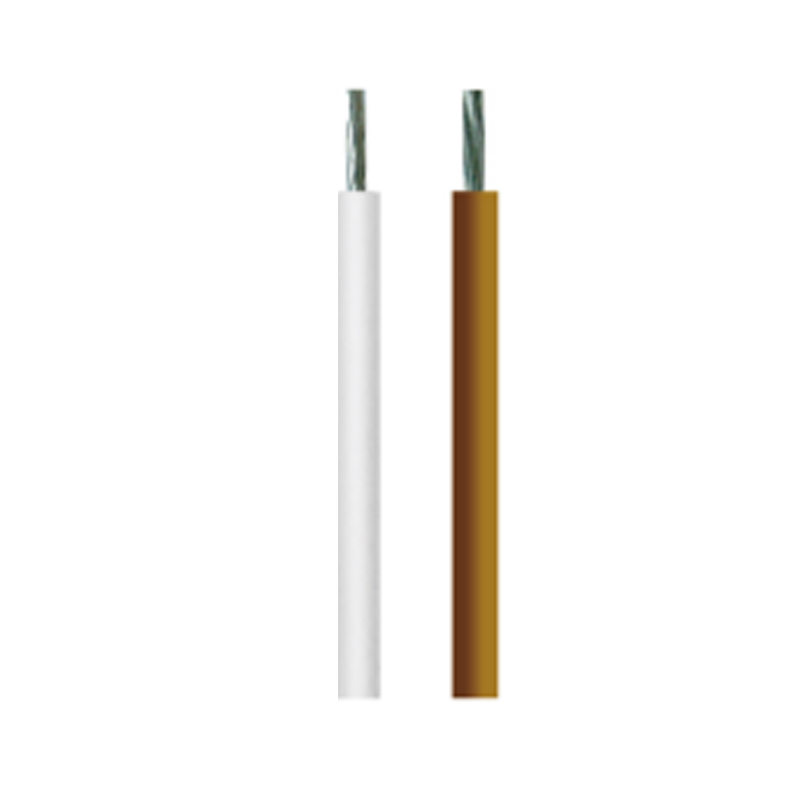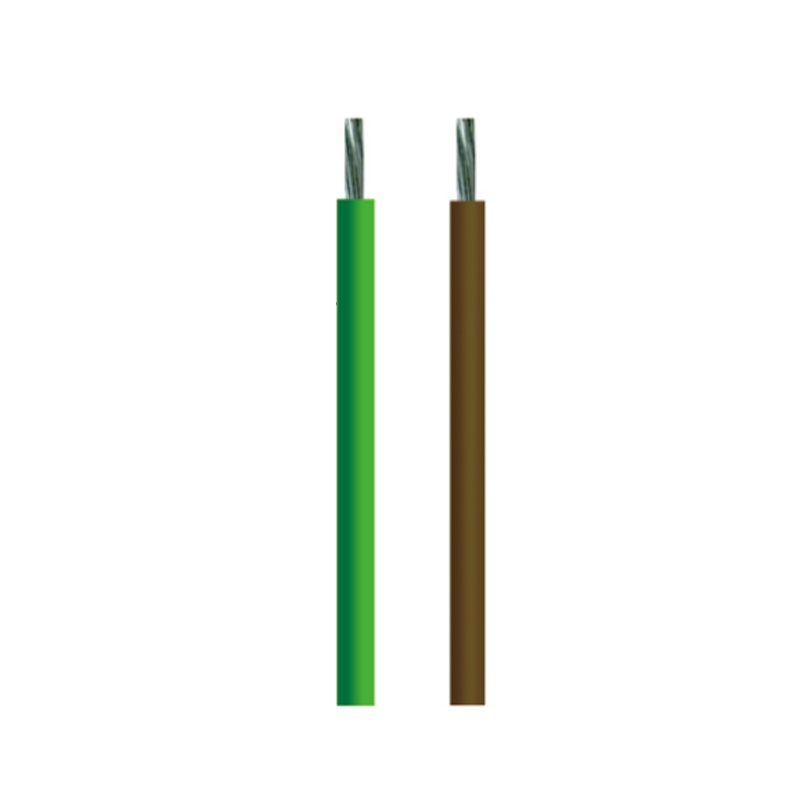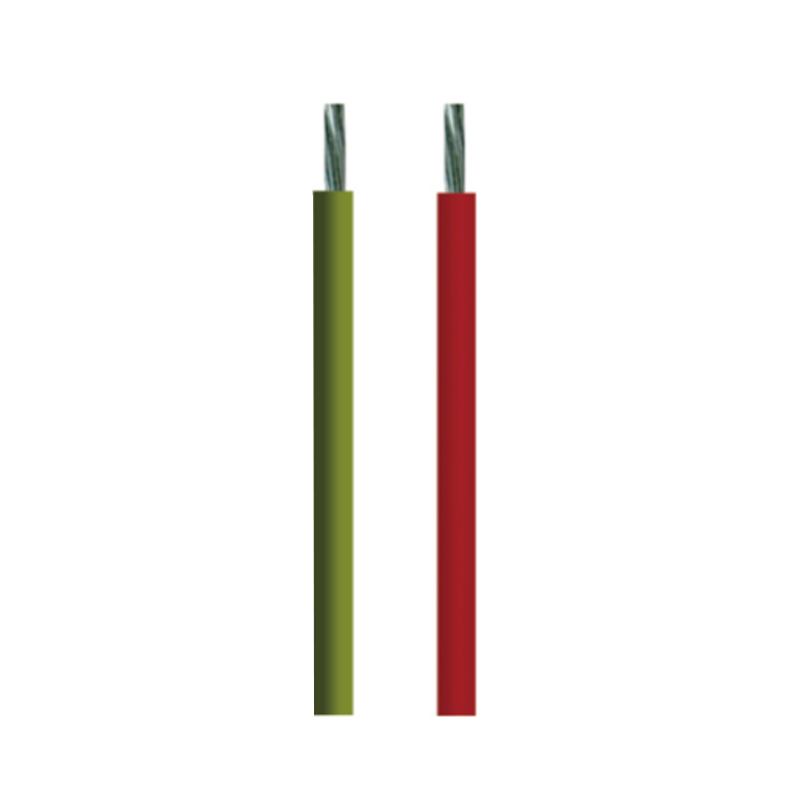Power and signal transmission are ubiquitous in modern industry, homes, and various electronic devices. Insulated wire plays a crucial role in this process. It's not only a carrier for transmitting electrical energy but also a fundamental material for ensuring safety and improving device performance. So, what is insulated wire, and why is it so important?
1. What is insulated wire?
Insulated wire refers to a conductor covered with an insulating material. Its basic structure is "conductor + insulation." The conductor (such as copper or aluminum) transmits current, while the insulation protects against hazards such as current leakage, electric shock, and short circuits.
In short, the function of insulated wire is not just to transmit electricity; it also ensures safe and stable signal transmission.
2. Structure and Components of Insulated Wire
1. Conductor
Highly conductive metals such as copper, tinned copper, and aluminum are generally used. Depending on the application, it can be categorized as either single-strand conductors (single-core) or multi-strand conductors (multi-core or twisted wire).
2. Insulation Layer
This layer isolates the conductor from the external environment. Common insulation materials include PVC (polyvinyl chloride), PE (polyethylene), XLPE (cross-linked polyethylene), rubber, and PTFE (polytetrafluoroethylene).

Some high-end insulated wires may also have:
3. Sheath
This layer is used as the outer covering of multi-core cables to provide additional mechanical protection, waterproofing, and oil resistance.
3. Common Types of Insulated Wire
1. BV Wire (Copper Core PVC Insulated Wire)
Single-core conductor, suitable for home and industrial electrical wiring.
2. RV Wire (Multi-strand Soft Copper Core Insulated Wire)
Flexible, suitable for internal connections and applications requiring bending.
3. BVVB Wire (Flat Sheathed Wire)
Two or more cores are arranged side by side, covered with a white sheath. Commonly used for surface-mounted home wiring.
4. High-temperature Insulated Wire (such as silicone wire and fluoroplastic wire)
Used in high-temperature environments such as electric furnaces and drying equipment.
5. Shielded Insulated Wire
This wire is shielded with a metal braid or aluminum foil to prevent electromagnetic interference and is used for audio and signal transmission.
4. Main Applications of Insulated Wire
1. Home Electrical Systems
BV and BVVB wires are widely used in household appliances such as lighting, sockets, air conditioners, and water heaters.
2. Industrial Power Distribution and Control Systems
E.g., motor connection cables, automation equipment, and distribution cabinets, use oil-resistant, heat-resistant, and abrasion-resistant insulated wire.
3. Internal Connections in Electronic Equipment
Small-diameter, highly flexible insulated wire is widely used for internal circuit connections in computers, mobile phones, printers, and other devices.
4. Automotive and Rail Transit
Specialized automotive cables use high-temperature and vibration-resistant insulation materials to ensure safe and reliable operation.
5. Communication Systems
Shielded insulated wire is used in coaxial cables and network cables to ensure signal stability.
4. Advantages of Insulated Wire
High Safety: Effectively prevents accidents such as leakage, electric shock, and fire. Strong adaptability: Materials can be selected to suit different environments, such as waterproof, fireproof, and high-temperature resistant.
Long lifespan: High-quality insulation materials extend cable life and reduce maintenance costs.
Flexible installation: Flexible insulated wire is suitable for a variety of complex wiring environments.
5. Key points for selecting insulated wire
1. Confirm the voltage rating and intended use.
Home use generally uses 450/750V, while industrial use may require specifications above 1kV.
2. Check the conductor material.
Copper core wire offers better conductivity, while aluminum core is cheaper but offers slightly lower performance.
3. Check insulation thickness and uniformity.
High-quality insulation is smooth, bubble-free, uniformly thick, and highly abrasion-resistant.
4. Look for certification marks, such as China's CCC, the European Union's CE, and the United States' UL.
5. Choose products from reputable brands or qualified manufacturers.
Avoid products without any certifications to prevent electrical failures later.
6. Future Development Trends
With advances in new material technologies, insulated wires will develop towards greater environmental friendliness, higher performance, and greater intelligence. Applications of materials such as halogen-free and low-smoke materials and recyclable thermoplastics will become more widespread. At the same time, smart cables with integrated sensors will gradually find their way into smart buildings and Industry 4.0 environments.
Although seemingly ordinary, insulated wires are the "neural network" that supports modern power and communication systems. From home lighting to industrial control, from automotive to aerospace, every insulated wire is a technological and safety guarantee. Understanding and selecting the right insulated wires is crucial for ensuring electrical safety and efficient equipment operation.
Whether you are an electrician, engineer, purchaser, or ordinary user, understanding the basics of insulated wires is essential "electrical common sense." We hope this article provides valuable reference.
If you require technical specifications, purchasing recommendations, or industry standards for a specific insulated wire, please feel free to contact us.



 English
English عربى
عربى Español
Español









